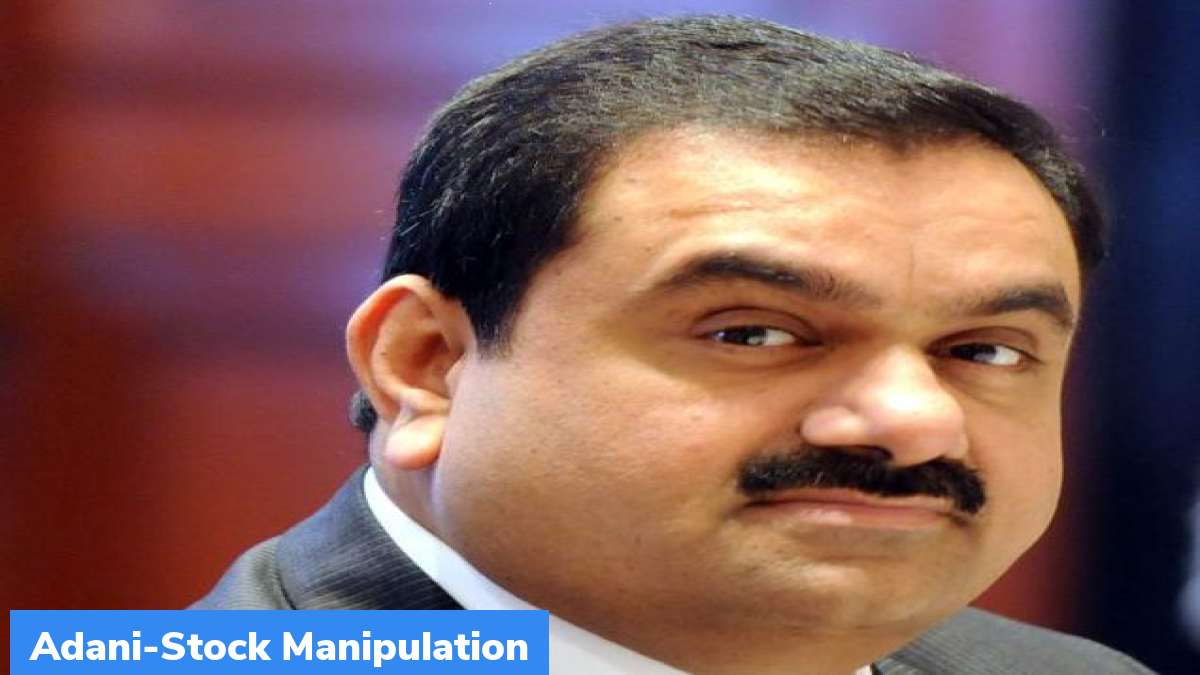Supreme Court Action in Adani Case
The Supreme Court had asked the GoI to set up an expert panel and check on the safety of the investors in situations like Adani Stock Manipulation. The Government of India prepared suggestions on what can be done during such cases and what existing provisions led to the issue. However, the suggestions were submitted in a sealed envelope. Meaning, the SC or any other body cannot reveal or read the contents. SC rejected this as the suggestions came in sealed envelopes. The Apex court is to set up its own committee now!
What is the sealed cover procedure in India?
When a sealed cover is provided, it shall be opened only during acquittal. That is, SC can now open the cover only when Gautham Adani is acquitted.
Background
The financial research company Hindenburg released a report on the Adani Group. According to the report, the Adani group has fraudulently increased its stock prices in India. Gautham Adani and his cousins showcased a rise in revenue of their shell companies set up in several countries. While in reality, no operations were actually happening in these shell companies. The stock manipulation put the reputation of India at stake. So the SC stepped in accepting a Public Interest Litigation on the issue.
What did the SC do?
The SC heard the case a week ago. According to the apex court, a lot of investors lost their money in stock manipulation fraud. What safety features do you as the Ruling Government possess to protect the investors in such cases? was SC’s Question. Two days’ time was given. GoI replied that the existing provisions are enough and satisfactory to protect the investors in such cases. But if SC wished it can set up a committee to look into the matter. SC asked the central government to create a panel and provide a report on these safeguard provisions. Now, GoI put the suggestions made by the expert panel in a sealed cover.
Month: Current Affairs - February, 2023
Category: Legal & Constitution Current Affairs


